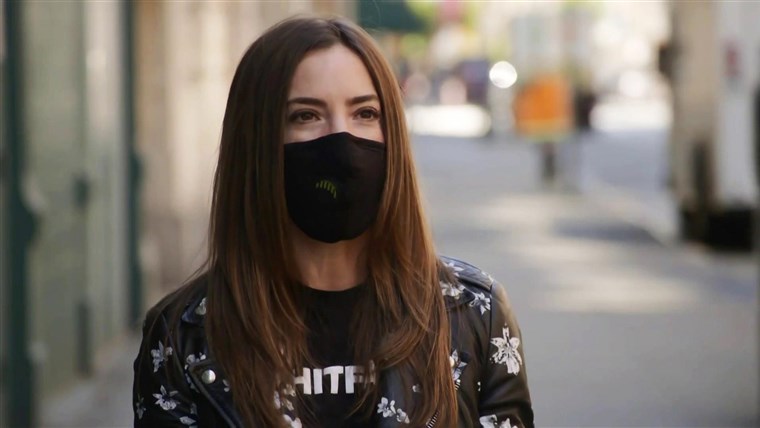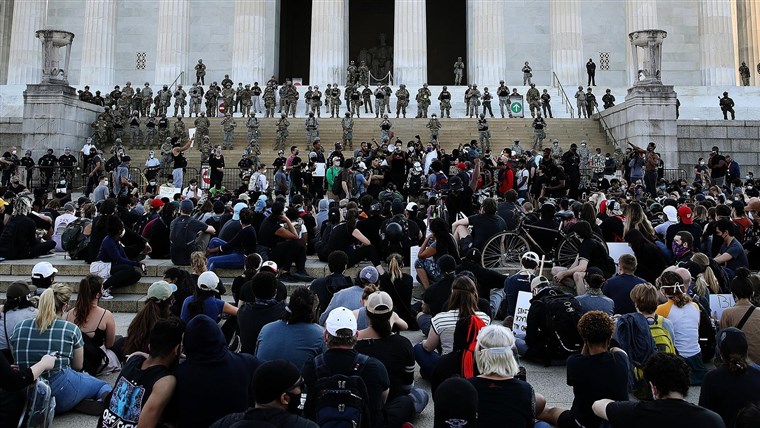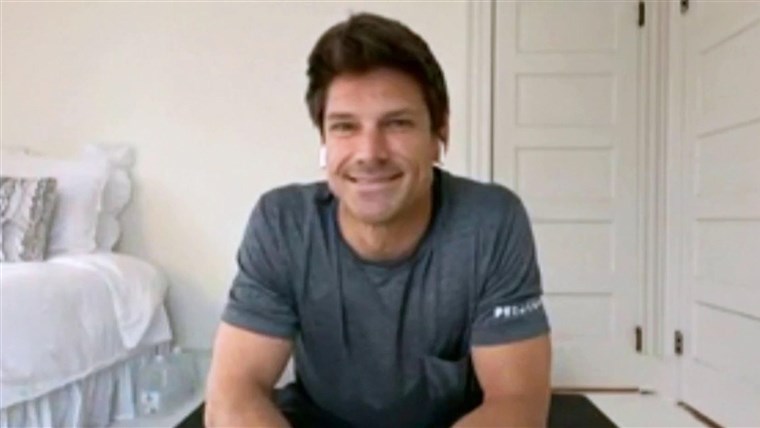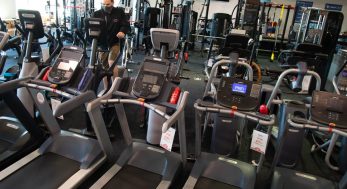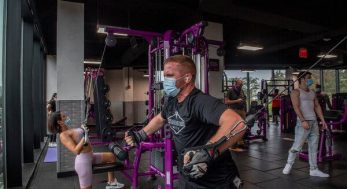Group classes are one of the biggest draws of a health club. They’re also under extra scrutiny as gyms reopen during the coronavirus pandemic.
Researchers in South Korea are warning intense workouts done in a group setting in a confined space could increase the risk for infection. They found 112 COVID-19 cases linked to fitness dance classes at 12 different gyms in the city of Cheonan, according to a research letter recently published in the journal Emerging Infectious Diseases.
“Avoiding intense exercise in confined space is crucial,” Dr. Ji-Young Rhee, the co-author and an associate professor of infectious diseases at Dankook University College of Medicine in South Korea, told TODAY via email.
“Intense physical exercise induced deep breathing and hyperventilation,” or rapid breathing.
The findings didn’t surprise Dr. Lou Ann Bruno-Murtha, division chief of infectious diseases at Cambridge Health Alliance in Cambridge, Massachusetts, who was not involved in the new study.
Someone who is breathing heavily is likely expelling more respiratory droplets — the main way infected people spread the coronavirus — which may also be smaller and travel farther than the 6 feet that typical respiratory droplets fly, Bruno-Murtha said.
The typical gym class environment where people are close together indoors and aren’t wearing masks — since face coverings are difficult to tolerate when doing intense cardio — is very suitable for coronavirus transmission, she added.
“Exercising outdoors is far safer than indoors,” Bruno-Murtha told TODAY.
“From an indoor exercise standpoint, I think it’s risky… I would be a little bit hesitant to join a group class unless there were very few people. You’d have to be able to ensure physical distancing of a minimum of 6 feet. For heavy breathing, I would like to see doubling that out of an abundance of caution.”
The South Korean cases began after February 15 when fitness instructors attended a 4-hour workshop in Cheonan for “dance classes set to Latin rhythms,” which have become popular in the country. All 27 teachers were symptom-free on the day of the workshop, but eight later tested positive for of COVID-19.
They taught classes for about a week after attending the workshop despite mild symptoms. In all, 217 students were exposed in a dozen gyms before the facilities were closed — with 54 gym goers ultimately testing positive for COVID-19. They then infected some of their family members and co-workers, bringing the case total to 112 people.
Large class sizes, small spaces and the intensity of the workouts were factors in the spread, researchers said. “The moist, warm atmosphere in a sports facility coupled with turbulent air flow generated by intense physical exercise can cause more dense transmission of isolated droplets,” they wrote.
Coronavirus infection happened in classes that lasted for 50 minutes and involved 5–22 people exercising vigorously in a room measuring about 645 square feet. But no COVID-19 cases emerged from classes that had fewer than five participants or from yoga and Pilates classes, which are less intense, the study noted.
The experts offered these tips:
Stick to exercising outside or at home for the time being. “Fortunately, it’s summer now and I would encourage people to seek opportunities for exercise outdoors,” Bruno-Murtha said. “Until this virus is much better controlled, I would try to avoid crowded fitness classes.” The virus is diluted outdoors where there’s a lot of air circulation. Plus, ultraviolet light from the sun inactivates the virus quickly.
Stop attending group classes if possible, Rhee said. If you still want to go, wear a mask if you can tolerate it and avoid crowded classes that focus on intense physical exercise, she added. Asymptomatic young people can be the “core of transmission,” Rhee noted.
Proper indoor ventilation is key, both experts said. “It’s important that fresh air is coming in, not recirculated air. If it is recirculated air, it should go through HEPA filtration so you know any pathogens or germs in that air are being removed before it’s being brought back into the room and you’re inhaling it,” Bruno-Murtha noted. Ask your gym how it handles the building’s ventilation.
Keeping physical distance is crucial. Stay at least 6 feet away from others in the class, preferably double that if people are breathing heavily, Bruno-Murtha said. It may be helpful for the floor to be marked off so everybody has their space and respects it.
Ultimately, group classes may not be the same until there’s a COVID-19 vaccine.
“It’s still important to exercise for physical and mental health. We just have to find safer ways to do it,” Bruno-Murtha said. “For the time being, I would try and seek outdoor areas to exercise.”
